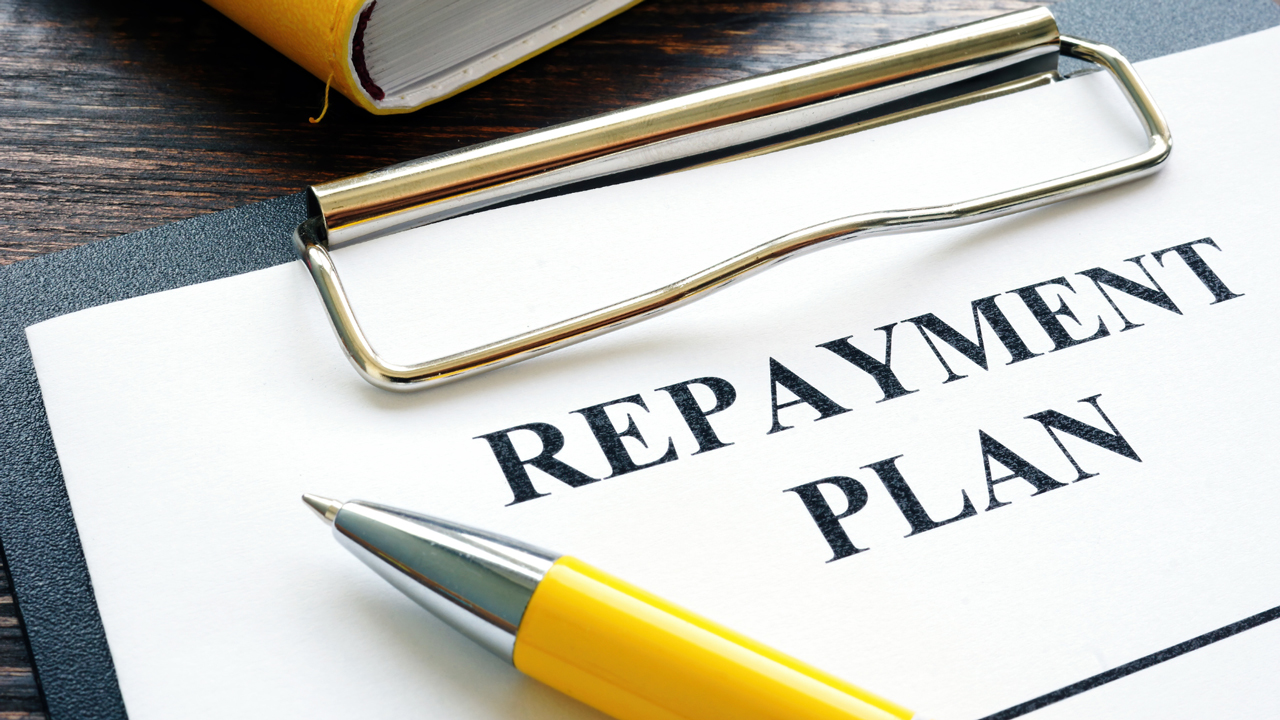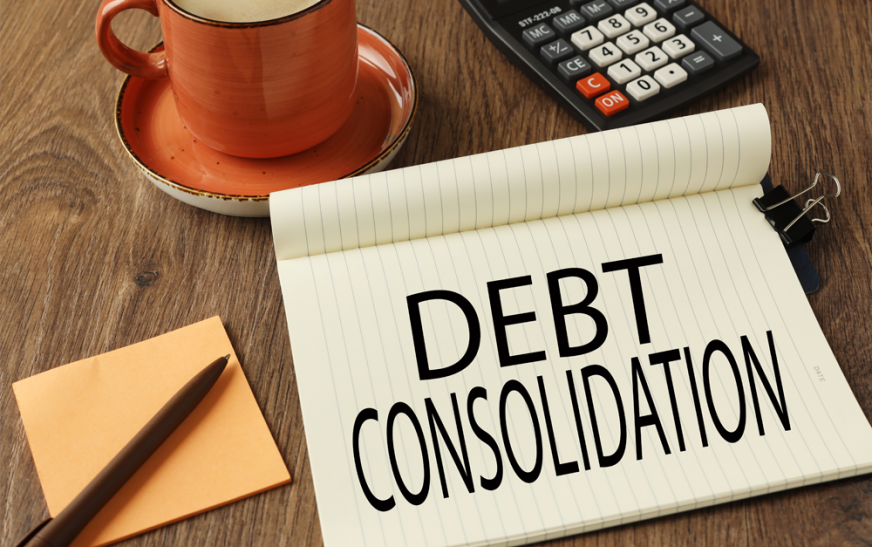How to Create a Foolproof Debt Repayment Plan

One of the most important ways to get out of debt is to create a repayment plan. Many people feel stressed by having a lot of debt, such as credit card debt, personal loans, student loans, and car loans. Without a clear plan, it’s easy to miss payments or only pay the minimum. This can lead to accrued interest and lengthen your repayment term. Creating a repayment plan can give you more direction, control, and peace of mind as you work toward living debt-free.
Evaluating Your Total Debt and Financial Status
Before you can create a solid plan, you need to know exactly how much money you currently have. Make a list of all your debts, including the outstanding amount, minimum payment, interest rate, and bill due date. This will show you all your bills at a glance and help you determine which bills need to be paid early or cost the most. Also, add up your monthly income and expenses. This analysis will help you figure out how much money you can actually spend each month on paying off your debt.
Set Reasonable and Attainable Goals
A solid debt repayment plan should include clear and attainable goals. Goals should include both short-term and long-term aspects. A short-term goal might be to pay off one credit card in three months, while a long-term goal might be to be completely debt-free in three years. Setting goals can help you stay focused and give you a way to measure your progress. Make sure your goals are based on your income and expenses and that you’re ready to make life changes to achieve them.
Choose the Best Debt Repayment Method
There are many ways to get out of debt, and it’s important to choose the method that works best for you. The snowball method focuses on paying off the smallest debt first to keep things moving smoothly. The debt avalanche method, on the other hand, pays off the highest-interest debt first to save more in interest. You can choose between the two methods based on whether you prefer short-term gains or long-term savings. You can also consider a hybrid method that combines the two strategies if the former suits you better.
Use Automation to Keep Payments Steady
Setting up automatic payments is a great way to make sure you stick to your payment plan. Set up automatic payments for at least the minimum amount of each bill. That way, you won’t miss any payment dates. In addition to keeping your credit score safe, this will help you stay on track. If possible, set up automatic payments for other debts you’re trying to pay off. Automation eliminates the hassle of remembering dates and ensures that your plan stays on track without any hiccups.
Set up an Emergency Fund
It’s important to build up a small safety fund while you’re paying off debt. If you don’t have money set aside, unexpected expenses like car repairs, medical bills, or home repairs can throw your payment plan off track. Even a small emergency fund of $500 to $1,000 can protect you from taking on new debt when disaster strikes. You can grow your emergency fund as your debt decreases, but a small amount in the beginning will make your plan more secure.
Monitor your Progress and Adjust as Needed
Regularly monitoring your progress is an important part of a bulletproof repayment plan. It’s helpful to track your progress toward your goals and the amount of debt you’re paying off each month. Seeing your progress in real time can help you stay motivated and on track. If your financial situation changes due to a pay raise, job loss, or unexpected expenses, you’ll need to adjust your plan. To sustain anything long-term, you need to be able to adjust your plan as life ebbs and flows.
Avoiding New Debt While Repaying Existing Debt
Avoiding incurring new debt is one of the most important rules of any debt repayment plan. Continuing to use credit cards or take out new loans can hinder your progress in paying off your debt. Live within your means and use cash or a debit card for purchases. Don’t give in to the urge to apply for a new line of credit or borrow money to buy unnecessary items. Breaking the debt cycle is essential to your long-term financial health and your goal of becoming debt-free.
Conclusion
Creating a debt repayment plan that works consistently requires careful planning, focused attention, and a long-term commitment. You can succeed if you know how much debt you have, set achievable goals, choose the right method, and create a budget that works for you. Your plan will be more effective if you set up automatic payments, set aside a small emergency fund, and avoid taking on new debt. Monitor your progress regularly and be prepared to make adjustments as needed. Enjoy your achievements and ask for help when you need it. If you follow your plan and stick with it, you can get out of debt and regain control of your financial future.
FAQs
1. What is the best way to create a debt repayment plan?
It is best to list all of your debts, calculate your monthly income and expenses, and set achievable goals. Then choose a repayment method that fits your budget.
2. Should I pay off my smallest bills first or the highest interest bills first?
It depends on your needs. You’ll be more motivated if you pay off your smallest debts first (snowball debt). If you pay off your largest debt with the highest interest first (avalanche debt), you’ll save more money in the long run.
3. Is it okay to use savings to pay off debt?
Carrying a lot of high-interest debt can lead to this. But make sure you have a small emergency fund set aside to cover emergencies so you don’t have to use your credit cards anymore.
4. How long does it take to get out of debt?
How long it takes to get out of debt depends on how quickly you pay off your debt, your income, and how much debt you have. Many people can make a lot of progress in 12 to 36 months if they have a reasonable plan.
5. Can a financial expert help me pay off my debt?
Yes, a financial advisor or credit counselor for nonprofit organizations can help you create a plan that works for you, keep you on track, and manage your spending. If you don’t know where to start, their advice can help.






